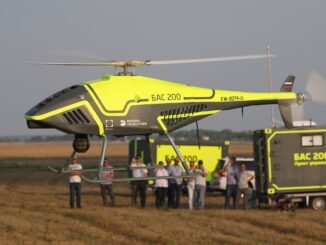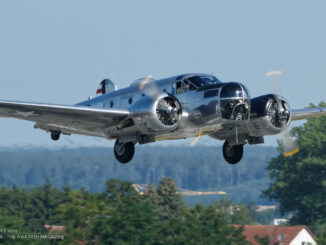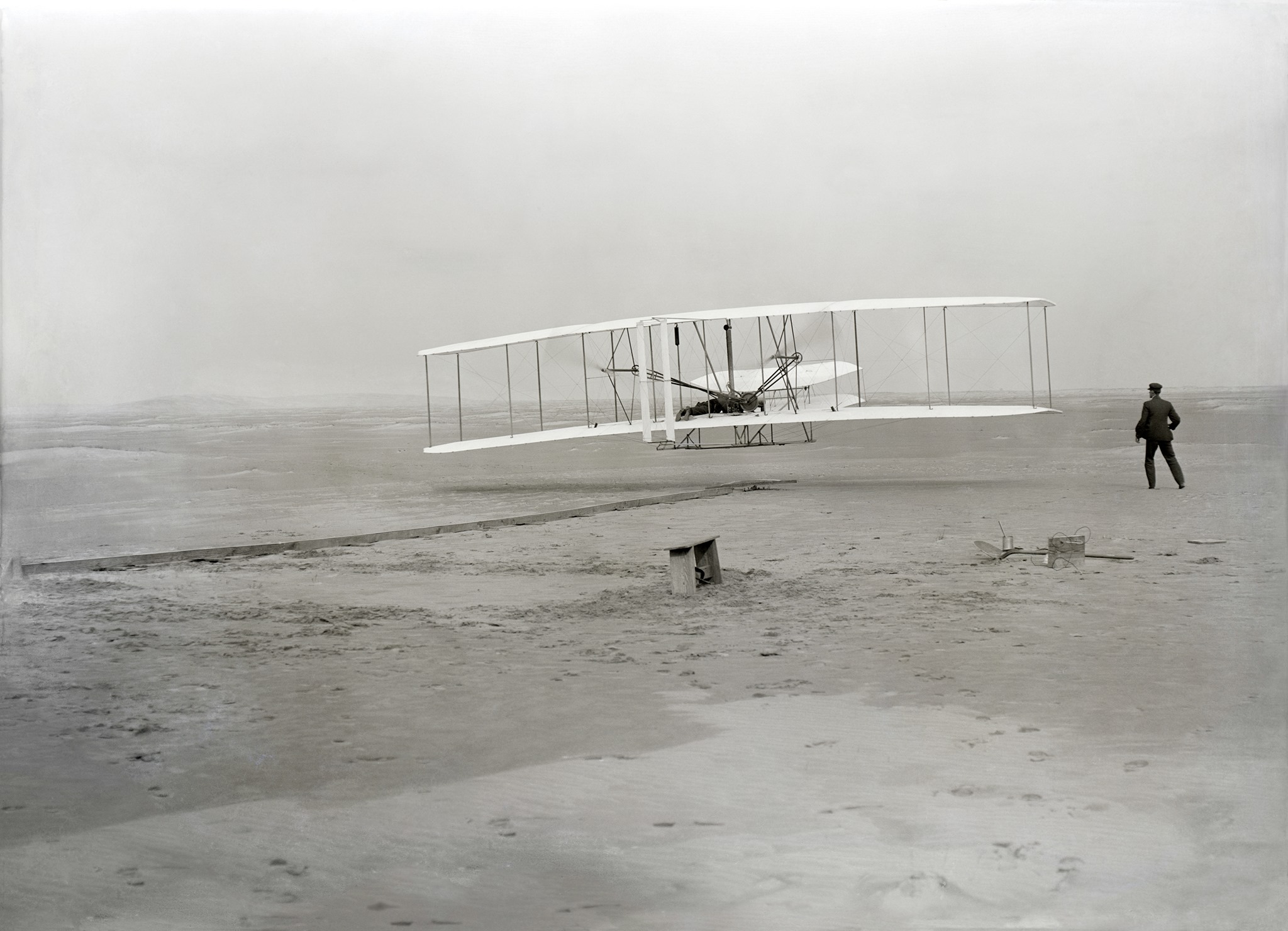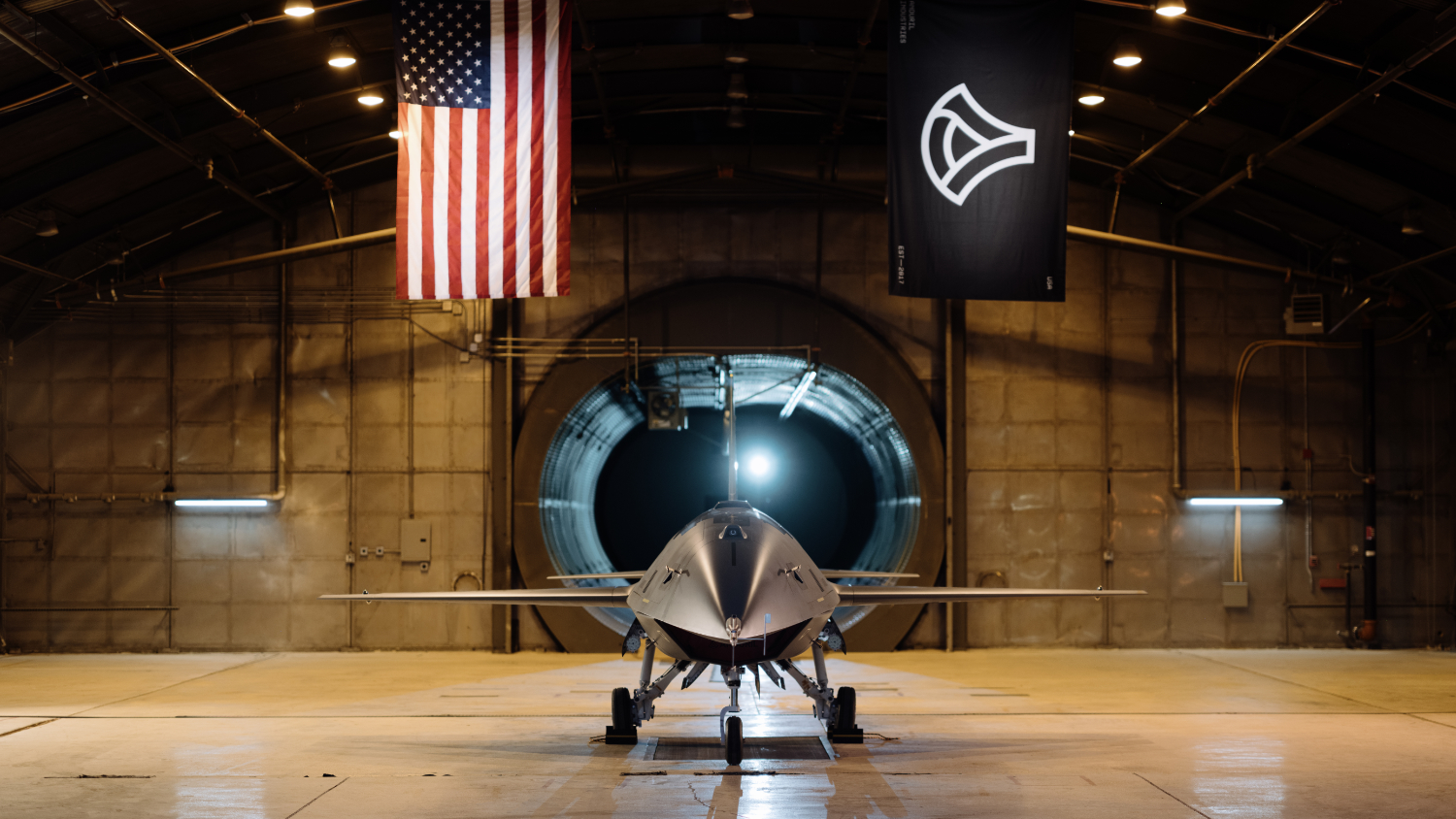 The history of aviation, since its very beginning, is characterised by significant technological changes that have been constantly altering the capabilities of aircraft and their applications for both civil and military purposes.
The history of aviation, since its very beginning, is characterised by significant technological changes that have been constantly altering the capabilities of aircraft and their applications for both civil and military purposes.
For example, in the 1950s, piston engines gave way to jet propulsion, enabling aircraft to fly faster and higher than ever before. Then, in the 1980s, stealth technology sparked a revolution in military aviation, making aircraft more difficult to detect and thus enabling them to operate deeper into enemy territory. Currently, we are on the verge of another significant advancement – the integration of autonomy into combat aircraft.
This is thanks to Anduril Industries, Inc., which has recently started flight testing of its YFQ-44A UAV (Unmanned Aerial Vehicle) fighter aeroplane, developed within the Collaborative Combat Aircraft (CCA) programme.
Designed to gain and maintain air superiority in highly competitive environments, the YFQ-44A focuses on autonomy while keeping the aircraft affordable. This approach marks a significant shift in how the United States would design and utilise its air forces in the coming decade and beyond.
As Anduril stated in its press release, these tests provide an opportunity to demonstrate that its claims about revolutionary technology are not just empty words, but a reality that can already be seen in the sky today. Through flight testing, the YFQ-44A proves that it meets requirements relating to speed, manoeuvrability, autonomy, stealth, range and weapons system integration, as well as many other parameters. The UAV not only looks like a fighter jet, but also performs like one.
Flight testing under the CCA programme is about much more than simply checking the raw performance of the aircraft in a vacuum. The real advantage of autonomy in this case is that it enables a group of unmanned aircraft to work together in order to achieve mission objectives. The YFQ-44A was designed with a specific Air Force mission in mind – to enhance survivability, combat effectiveness, and mission efficiency by operating alongside manned combat aircraft or independently. Through the flight testing of the YFQ-44A, Anduril Industries, Inc. and the United States Air Force (USAF) are developing collaborative manned–unmanned teaming concepts and tactics. Those tests will provide insights into how the company will integrate, operate, maintain and fight with truly autonomous aircraft.
This is undoubtedly an ambitious plan, and none of the related challenges are easy. However, each challenge is equally important. The scale of the challenges associated with developing the YFQ-44A, coupled with the reality of the threat, requires these goals to be delivered rapidly.
The ability to rapidly produce large numbers of aircraft is crucial to the success of the CCA programme, given the very real threats that the US military is being confronted with. Technologies of the potential rivals to the USA are evolving faster than ever before, with changes that would once have taken years now happening in months, weeks or even days. Anduril and the USAF have decisively taken up this challenge by commencing flight testing of the YFQ-44A at record time, moving the project from a completely blank sheet of paper to take-off in just 556 days. This is significantly faster than any other major combat aircraft programme in recent history.
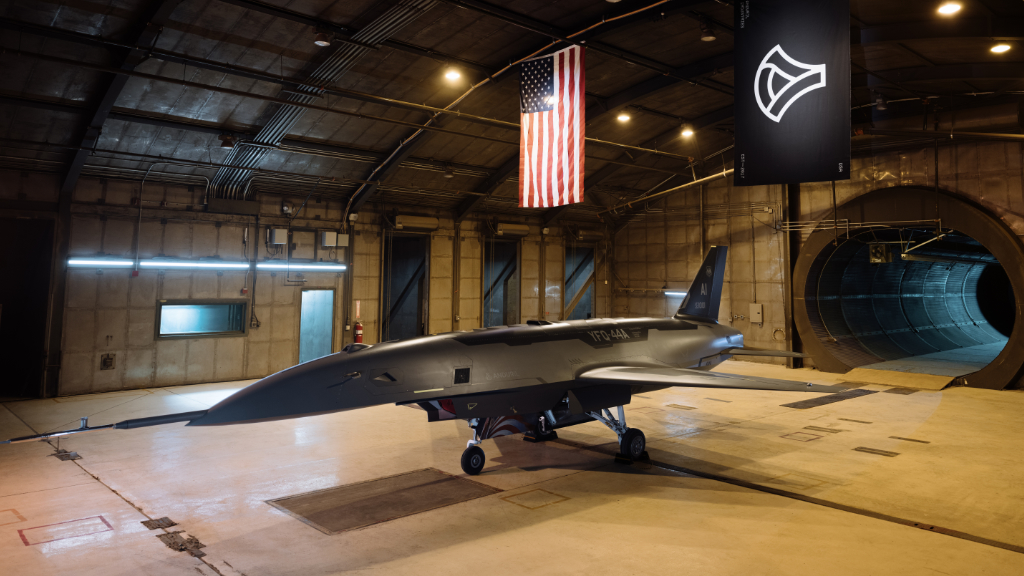
The YFQ-44A was designed to be an autonomous aircraft, a capability it has demonstrated since its maiden flight. All taxiing and flight tests of the new UAV to date have been – and will continue to be – conducted semi-autonomously. The YFQ-44A, being an aircraft that has no operator with a stick and throttle to fly it, ushers in a new era of air superiority. Anduril’s innovative UAV design introduces this paradigm shift with incredible technical precision. As the company informs, the aeroplane independently executes its mission plan; manages flight control and throttle adjustment independently of human commands; and returns to land on command, all under the watchful eye of an operator who is involved in overseeing the aircraft, but not directly controlling it.
The idea behind the Collaborative Combat Aircraft is to win battles at the highest level. The YFQ-44A and its supporting software were developed with this in mind. The fully integrated weapons system processes data at the speed required in combat. At the same time, it identifies targets and sends out commands, thereby increasing the firepower, survivability and effectiveness of the combined forces.
On the ground, the YFQ-44A’s software tracks the condition of the aircraft and manages its maintenance, ensuring it is always ready to fly. The autonomy of the YFQ-44A transforms it from a flying machine into a combat-ready vehicle.
Integrating autonomy is critical not only to the CCA programme, but also to realising the benefits of affordable mass, which is fundamental to maintaining peace. By integrating autonomy from the very beginning of the ground and flight testing of the YFQ-44A, the company is dealing with the most difficult challenge that this technology poses first. This accelerates the pace of learning and iteration, ultimately leading to the faster delivery of this pivotal technology to the military.
However, the challenges the developers of this cutting-edge drone are facing are not only technology-related. More than ever before, they are also a matter of capability and mass production. The resources available in this regard are increasingly turning out to be insufficient.
In order to achieve the necessary production scale at the required pace, Anduril is developing and testing a new production system for the YFQ-44A. The production system uses specialised, shared software called ArsenalOS to multiply the effects of thousands of design decisions made during the development of the new unmanned aircraft. The system is based on a manufacturing philosophy centred on simple, mature, low-risk technologies rather than technological marvels. As a result, the YFQ-44A drone is intended to be manufactured in large quantities by a diverse workforce, utilising a standard supply chain and manufacturing processes that comply with industry standards.
The YFQ-44A is set to be produced at Arsenal-1, a 464,515-square-metre manufacturing facility under construction in Columbus, Ohio. The new UAV is intended to be the first aircraft to enter production at this factory shortly after its opening. According to Anduril Industries, Inc., manufacturing is scheduled to begin in the first half of 2026.
Reaching this stage of such an advanced project in such a short time required significant investment of time and money from both Anduril Industries, Inc. and the USAF. As the company emphasises, the measure of this success was the blood, sweat and tears that went into making this aircraft fly. One of the company’s employees put it this way:
“Airplanes are an emotional experience. It’s more than engineering or manufacturing. Aviation writ-large, going all the way back to Orville and Wilbur, is emotional. And we’ve felt that through this project.”
This legacy accompanies the Anduril team during the YFQ-44A flight tests. They will use this to face the enormous challenges that still await them. They also hope that, together with the USAF, they will write the first pages of a new chapter in aviation history.
Anduril Industries, Inc. press release materials were used in the article.
Cover photo: A YFQ-44A production representative test vehicle is staged in a testing chamber at Costa Mesa, California (photo by Secretary of the Air Force Public Affairs, via DVIDS, Public Domain)
All photos © U.S. Department of Defence (DoW). DoW information materials were used, in compliance with Public Domain licence. The appearance of U.S. Department of Defense (DoW) visual information does not imply or constitute DoW endorsement.

